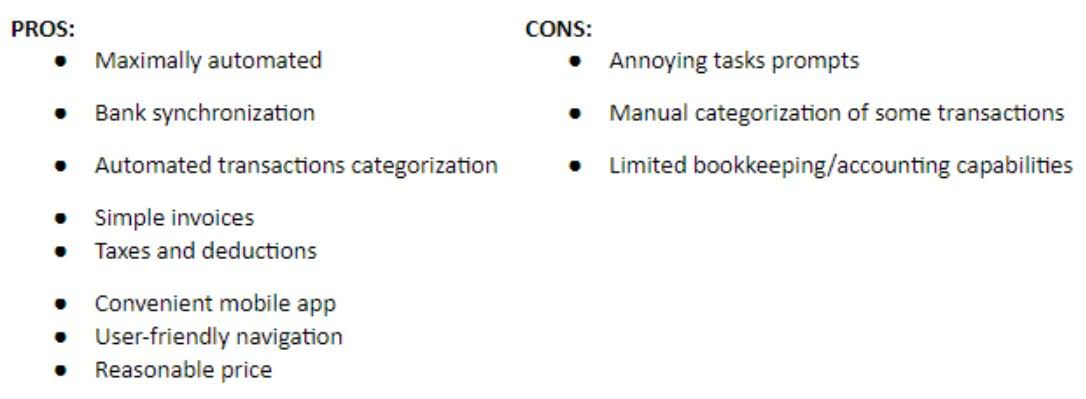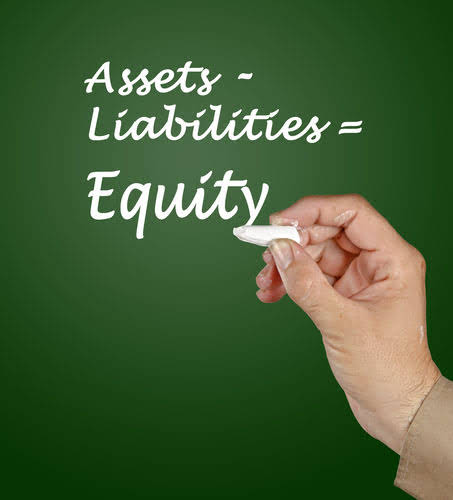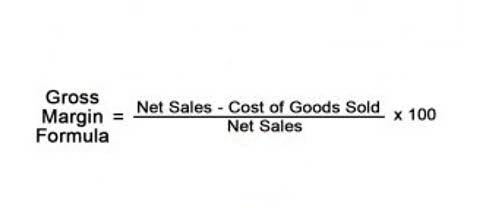
Contra accounts allow businesses contra asset account to account for unpaid invoices, depreciation, and discounts. Tracking these adjustments separately prevents overstating income or asset values, helping businesses anticipate financial risks and avoid sudden losses. Managing contra-liability accounts helps you keep your financial records accurate.

Purchase Return, Allowance, and Discount Contra Expense Accounts

By reducing manual errors and ensuring that financial adjustments are properly recorded, businesses can focus on making informed decisions with confidence. External auditors and regulators review financial statements to verify accuracy. Contra accounts provide clear documentation of adjustments, making it easier to track changes and validate financial data. This reduces audit complications and ensures businesses can justify their financial reports.
- Contra accounts are a little tricky to think about when you are first starting out.
- Contra equity accounts are typically used for a company to buy back its stock or shares.
- This means that entries recorded on the left side of the T-account will increase the asset balance and entries recorded on the right side will decrease it.
- The initial cost of this upgrade was $8 thousand per limo or $600,000 in total.
- This is important for accurate financial reporting and compliance with…
- This allows the company to reflect a more accurate balance for its accounts receivable.
What is a Contra Account: Definition and Explanation
- It helps reduce the reported value of assets, liabilities, or revenue on financial statements.
- Master accounting topics that pose a particular challenge to finance professionals.
- To obtain a cash payout before the note reaches maturity, you can sell these notes to a bank or other financial institution for some price below the note’s face value.
- Contra accounts are essential tools in accounting that provide a method to accurately reflect adjustments and reductions in related accounts.
- For example, if a company has an equity account for treasury stock, they would also have a contra equity account to offset the balance in the treasury stock account.
- This depreciation is saved in a contra asset account called accumulated depreciation.
- A contra account plays a significant role in business by providing a clearer, more detailed picture of the financial situation.
It is linked to a specific account and has a balance opposite to the normal balance of that account. For example, if the related account is an asset account, which typically has a debit balance, the contra account will have a credit balance. Contra accounts are used to track reductions in the value of assets, liabilities, equity, or revenue and provide a more accurate picture of a company’s financial position. The most common contra account is the accumulated depreciation account, which offsets the fixed asset account. Taken together, the asset account and contra asset account reveal the net amount of fixed assets still remaining. A contra asset account is not classified as an asset, since it does not represent long-term value, nor is it classified as a liability, since it does not represent a future obligation.

What are the different types of contra accounts?
Fixed assets like plants & equipment are depreciated every year, and this balance is transferred to the accumulated depreciation account. So, in this case, accumulated depreciation is a contra asset account related to plant & equipment. Accounts receivable is rarely reported on the balance sheet at its net amount. Instead, it is reported at its full amount with an allowance for bad debts listed below assets = liabilities + equity it. Maybe more importantly, it shows investors and creditors what percentage of receivables the company is writing off.
- The purpose of this account is to reduce the carrying value of the accounts receivable on the balance sheet.
- These accounts keep an eagle eye on sales returns, allowances, and discounts, ensuring you’re not overestimating your income.
- It is prepared when there is a reduction in the value of assets due to wear and tear continuous use or when we expect that a certain percentage of accounts receivable will not be received.
- In the practice of bookkeeping, contra assets play a fundamental role in presenting a clear picture of a company’s financial health.

Contra accounts are usually linked to specific accounts on the balance sheet and are reported AI in Accounting as subtractions from these accounts. In other words, contra accounts are used to reduce normal accounts on the balance sheet. In addition, templates for contra account journal entries help ensure consistency and accuracy in recording transactions across the board.

This is particularly relevant for businesses with high return rates, as it provides a clearer picture of operational efficiency and customer satisfaction. Contra Liability Account – A contra liability account is a liability that carries a debit balance and decreases other liabilities on the balance sheet. Businesses experience a world of benefits from maintaining accurate contra account records. By reflecting the true health and value of assets, liabilities, and equity, they support a realistic assessment of financial standing. The frequency depends on the type of transaction and the company’s bookkeeping cycle. Businesses typically record contra accounts whenever a relevant transaction occurs.
The credit balance in the account Allowance for Doubtful Accounts tells us how much of the debit balance in Accounts Receivable is unlikely to be collected. In bookkeeping, a contra asset account is an asset account in which the natural balance of the account will either be a zero or a credit (negative) balance. The account offsets the balance in the respective asset account that it is paired with on the balance sheet. Below is the asset account debit balance and accumulated depreciation account credit balance on the balance sheet. Strong financial reporting helps you present a true and reliable picture of your business’s financial health. They prevent overstated revenue, inflated assets, and misleading liabilities, ensuring that your financial statements reflect real values.

